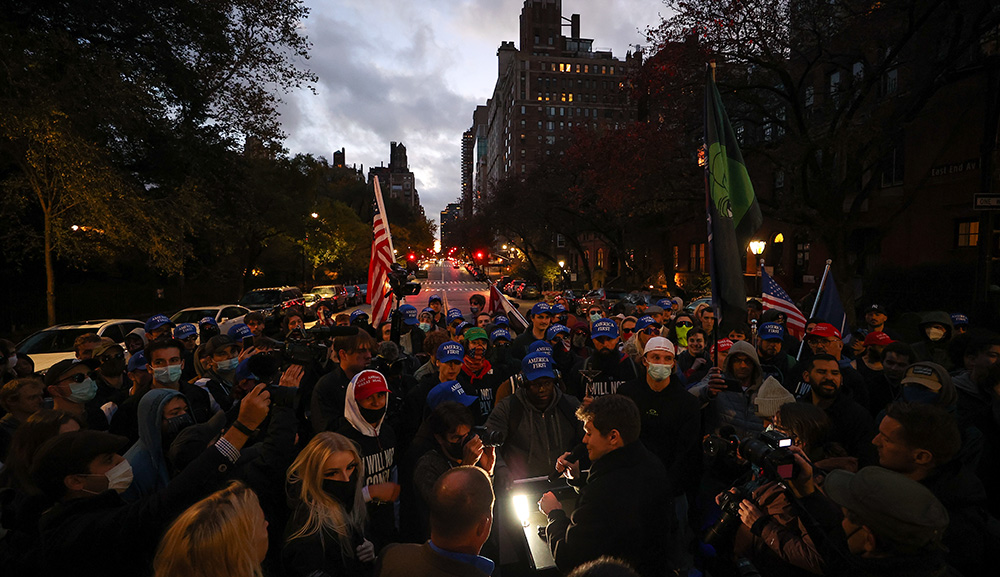On Sunday, the nuclear physicist and former Soviet dissident Yuri Orlov died in Ithaca, NY at the age of ninety-six. Orlov’s signature idea was to use the Kremlin’s signing of the Helsinki Accords—a 1975 international agreement that included pledges to protect human rights—to call attention to the USSR’s own wrongdoings. While not Jewish himself, he worked closely with such activists as Natan Sharansky, who writes of his late friend:
In May 1976, eleven people led by Uri Orlov founded the Moscow Helsinki Watch group. In the next nine months, we had created and published nineteen official reports about human-rights violations in the USSR, presenting hundreds of concrete cases. We made them public through press conferences, and passed them on to various international bodies, including a special committee that the American Congress created to monitor the application of the Helsinki Accords. For the first time, we didn’t have to smuggle information out: we were invited instead to pass it officially to the American embassy.
Eight months later, Orlov—on the run from the KGB—met with Sharansky and a few other collaborators:
“I want you to arrange a press conference,” [Orlov] told me. “But the second I come back here with foreign reporters the KGB will arrest you,” I said. “They’re searching for you all over the Soviet Union!”
Orlov waved my objection away. “We cannot hide. All our strength lies in our public stand, in our appeal to the world’s public opinion.”
The next morning, Yuri was arrested. Three weeks later, so was I. But thanks to Yuri’s vision, our work didn’t disappear, and the truth couldn’t be buried in the KGB’s dungeons. We made the USSR’s crimes public, and they could not be hidden again.
More about: Natan Sharansky, Soviet Jewry, Soviet Union


